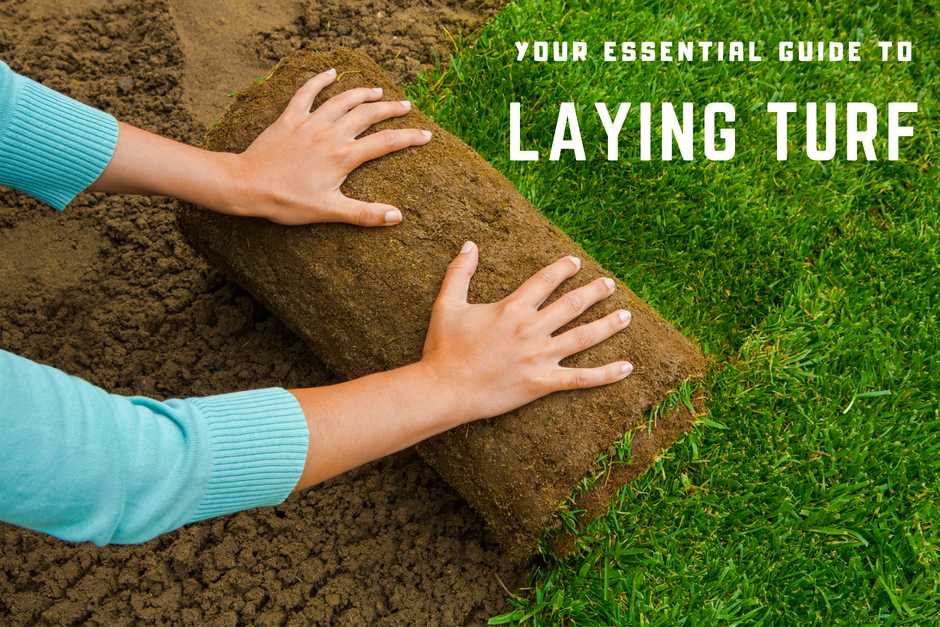 While you may have thought that you need to enlist the help of a professional landscaper to lay turf, you will be pleased to know that you can do it on your own as long as you follow a few simple instructions.
While you may have thought that you need to enlist the help of a professional landscaper to lay turf, you will be pleased to know that you can do it on your own as long as you follow a few simple instructions.
In this post you will learn:
How you can save $$$’s of pounds (and lose a few) by laying turf on your own.
The trusty tools you’ll need.
How to establish the boundary and lay turf efficiently.
When and how much to water your new lawn.
In the end, you can have the beautiful, lush lawn that you have always dreamt about and be the envy of all of your neighbours. Limber up. Let’s roll …
The Landscaping Fundamentals
As you begin to lay turf, you need to remember that it is important that you put it down on a surface are that has been properly prepped. This will mean making sure that the ground is firm, smooth and the soil is flat with great drainage. Keep in mind, you may have a difficult time getting the turf to thrive in areas that are filled with shade from buildings or trees.
For best possible results, you should also pick the best time of year to lay turf such as spring or autumn. Although, seasonal extremes aside, it is permissable to lay turf in winter and summer.
Depending on the area that you have to work with, you may need to do some measuring or cutting to make the turf strips fit into place. When it comes to corners, you may need to overlap strips and simply trim off the excess and tuck the pieces into place for the perfect fit. You can cut the pieces of turf to size simply by using an edging iron or a long bladed knife.
Once the turf is laid down, you can go over the area with a light roller to help get the turf leveled and laying flat in the bed area. If there are any small gaps in the turf, simply add top soil as these areas will begin to grow in over time. Once you are finished, be sure to water the turf thoroughly and then keep the entire area well watered until it is completely established.

Leave A Comment